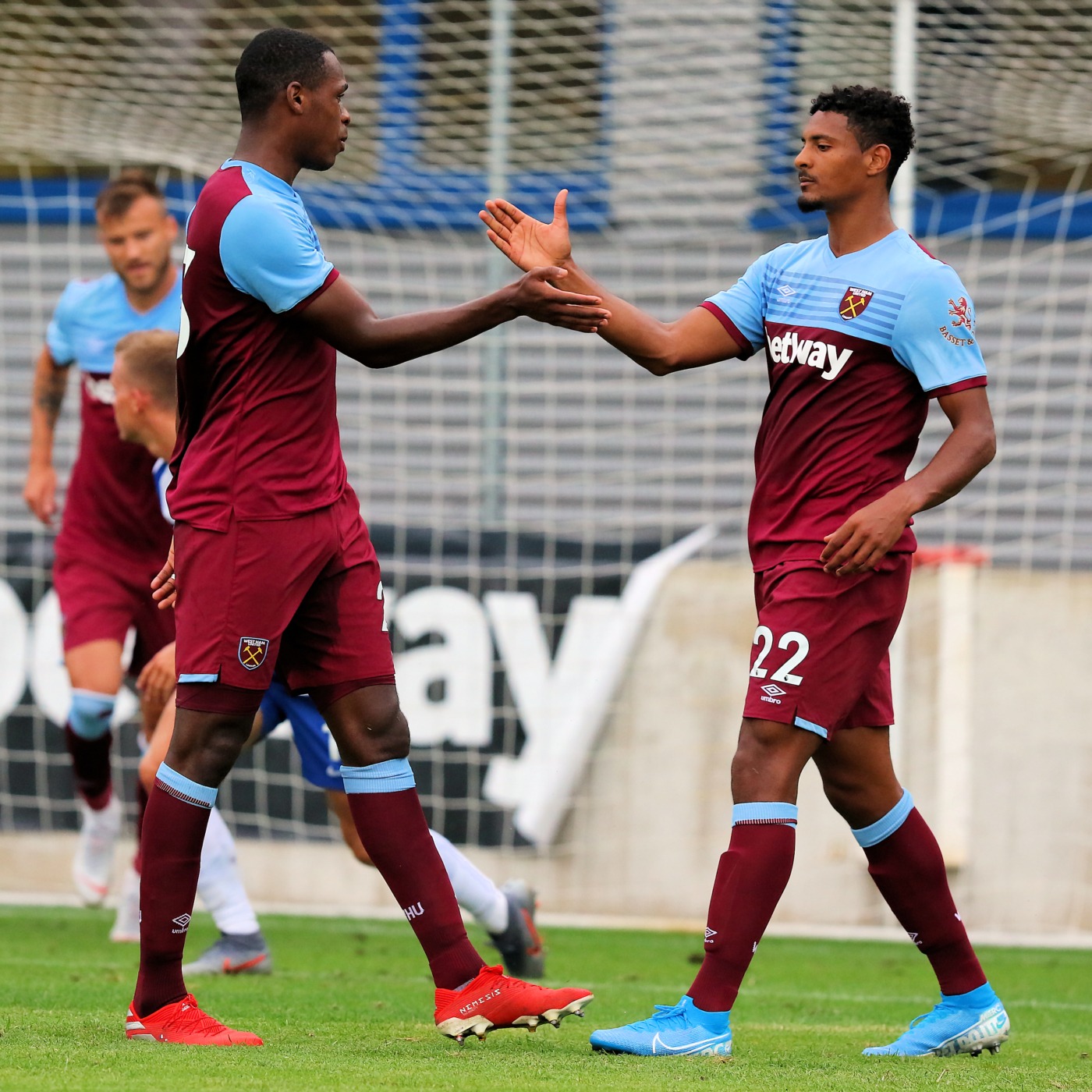Planless West Ham embroiled in relegation dogfight
In what is becoming an increasingly familiar pattern for fans of the east London club, West Ham United have been eliminated from the FA Cup at the behest of lower league opposition, by West Bromwich Albion on this occasion. A fortnight has since faded into the oracles of yesteryear, and the Hammers have maintained their tailspin towards the second tier of English football, leaving supporters to ask: “where did it all go wrong?”
It is important to remember that West Ham fans are familiar with failure
The London Stadium club, never an institution prone to straying far from controversy, has experienced startling levels of turmoil since the turn of the century. Relegated to the Championship twice, embroiled in the biggest transfer scandal in football history, left on the brink of liquidation amid the Icelandic financial crisis, and involved in the most controversial stadium migration in English football: since 2000, West Ham’s adventures have been erratic.
It is important to remember that West Ham fans are familiar with failure, this is a club where top half finishes in the Premier League are an exception to the rule; yet many Hammers fans are frightfully apoplectic with rage at their side’s stumble towards the relegation zone. For that, the club’s board – comprised of David Sullivan, David Gold and Lady Karen Brady – must accept responsibility.
The story of West Ham’s decline charts a fluctuating path, spanning a period which includes the club’s zenith moment of recent times – a palpitation-inducing 3-2 win over Manchester United in the final game at Upton Park.
Gold, Sullivan and Brady sent the press into a frenzy, pledging to bring Champions League football to east London
West Ham’s current epoch began in January 2010, as Gold and Sullivan emerged from Birmingham City to rescue the club from the clutches of despair. Hurtling towards a financial crisis grander in scale than the calamity which resulted in Portsmouth’s rapid descent to League Two, the transfer of the club’s ownership from the Icelandic banks to two self-identifying West Ham fans was initially heralded as the start of a glowing new era for the Hammers.
Keen to assert their ambitions on the Premier League, Gold, Sullivan and, newly-appointed director, Brady sent the press into a frenzy, pledging to bring Champions League football to east London within seven seasons. Loose-tongued promises have continued to spill into the public domain, most notably with Brady’s claim that West Ham’s mooted move to the Olympic Park would transform the club into a “world class team” with a “world class stadium”.
West Ham face the dauting prospect of clashing with Manchester City, Liverpool and Arsenal
Therein lies the problem for the much-maligned West Ham directorate: collectively, they promised the world; and have delivered pebbles. A far cry from breaking into the “top six” before the end of the 2010s, West Ham have started the new decade in a fight to maintain their Premier League status.
The London Stadium club will re-emerge from the Premier League’s inaugural winter break in a state of purgatory, having fallen into the relegation zone following a 3-3 draw against Brighton & Hove Albion. With thirteen games remaining in the fight to survive, West Ham face the daunting prospect of clashing with Manchester City, Liverpool, Arsenal, Wolves, Tottenham and Chelsea in six of their next seven fixtures. Trouble awaits.
David Moyes, reinstalled as manager to much ridicule in December, faces a herculean task to keep West Ham in the top flight. After years of myopic recruitment, the Hammers’ squad is a patchwork of players thrown together largely at the demand of David Sullivan – previously a magnate of the pornography industry.
West Ham’s unconventional mix of right backs is a case in point. Ryan Fredericks and Pablo Zabaleta sit at opposite ends of the spectrum. Young, quick and offensively-motivated, Fredericks only thrives in systems where he is expected to cross the halfway line frequently. Pablo Zabaleta is 35. Likewise, Robert Snodgrass was signed as the figure to replace the mercurial Dimitri Payet; it would be difficult to find two players with fewer similarities. If West Ham falls through the cracks in May, it will be the result of years of making the worst of sliding-door moments.
Like it or not, West Ham United are in a relegation battle
Amid growing pressure from supporters, the club ventured into the January transfer market to make two potentially season-defining signings: Tomáš Souček, a rangy central midfield from Salvia Prague, and Jarrod Bowen, Hull City’s most productive player this season, could change West Ham’s fortunes. The very same, however, was said upon the arrival of Pablo Fornals in 2019, Issa Diop in 2018, and Javier Hernández in 2017.
Like it or not, West Ham United are in a relegation battle. Gold, Sullivan and Brady are teetering on the verge of a fourth relegation to the Championship, dating back to their time at Birmingham City. The race to survive is on; West Ham have crawled out of the blocks.

Comments